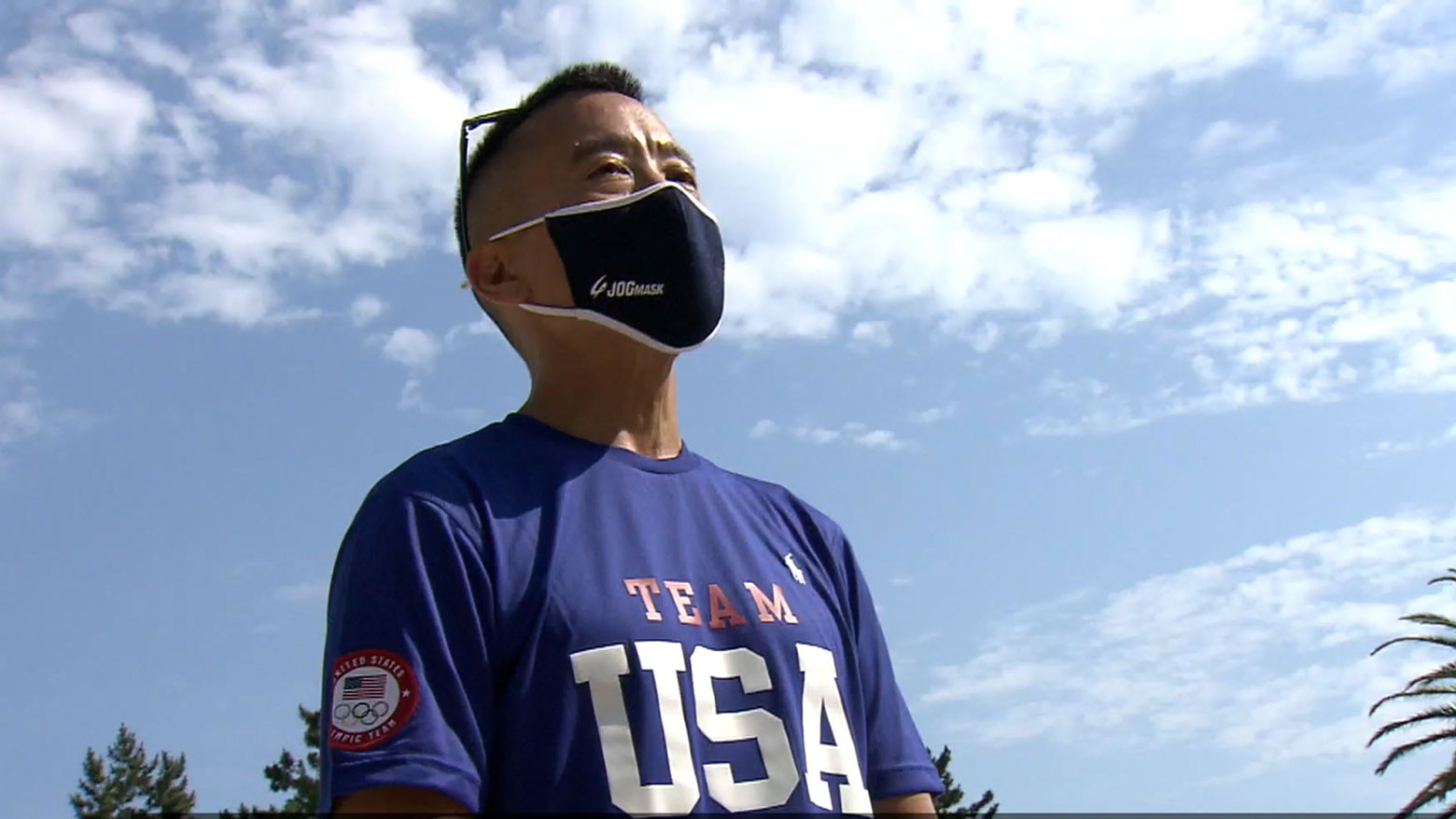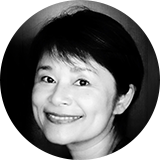Host towns can help athletes acclimatize and focus
Jon Omori, a third-generation Japanese-American, has been working as Special Advisor and Coordinator for the US Olympic and Paralympic Committee since 2018. The California native has spent a lot of time matching US sports federations with Japanese host towns, where athletes can attend pre-Games camps.
There are 29 municipalities across the country that are registered as host towns for various US teams, but the coronavirus pandemic has disrupted many of the original plans. Local citizens can no longer take part in meet-and-greet sessions. But according to Omori, athletes can still benefit from the experience.
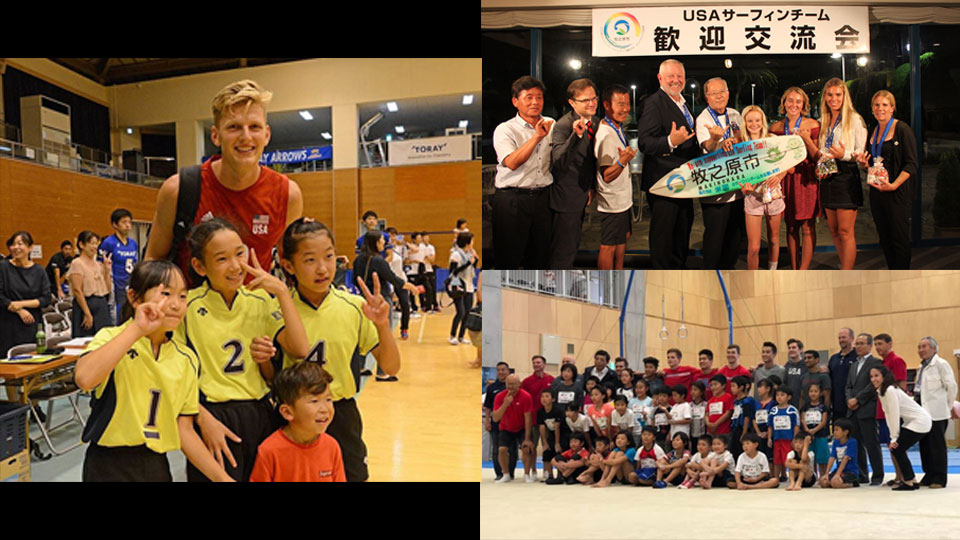
Omori: The Japanese government has been strongly enforcing COVID-19 protocols. I have to sit in between the US sports federations and the host towns, and make sure we go through the handbook line by line. In addition, I have to take care of the training and diet/nutrition for the Olympians.
For them, what’s important now is physical exertion. It's about how fast you recover, how quickly you can get your timing and how quickly you can get on rhythm for your peak performance. And so it's more mental, recovery and restoration. Let’s say if you’re coming from the East Coast of the US, and your first competition is at 3pm in Japan, that’s 2am NY time. Your body is still sleeping.
So, the host towns allow the athletes to come early to get used to the time difference, to the heat and humidity. It allows them to refocus on their physical timing, physical rhythm. In wrestling, three fingers in a hold means win or lose, no medal or gold meal. In the 100-meter dash, it’s a fraction of a second. In gymnastics it could be half a point. So, host towns are very important in terms of the preparation for peak performance at the Olympics.
COVID-19 protocols and restrictions
Each host town follows COVID-19 protocols that have been set out to keep the visiting athletes separate from the public. In the city of Makinohara, Shizuoka Prefecture, the US surfers must take a team bus to the beach, even though it’s just a two-minute walk from their hotel. Fences will be erected around the area where they will practice, so fans can’t get closer.
During actual competition, organizers have capped the number of spectators at 10,000 people, or 50% of a venue’s capacity. The coronavirus pandemic has changed the game for both athletes and fans.
Omori: The athletes are the most, out of anybody, concerned about contracting COVID-19, because if they contract it, they're basically out. Everything they've worked up to until now is wasted. So they will, first and foremost, follow the protocols. Most are getting vaccinated.
The athletes’ purpose in Japan is not to go to Kyoto for sightseeing. Their purpose is to compete and win a medal. So they're going all out. They are ready. They are hungry. And you know, COVID-19 or not, they’re coming to compete, and they're coming to win medals. They are 100 percent focused and ready.
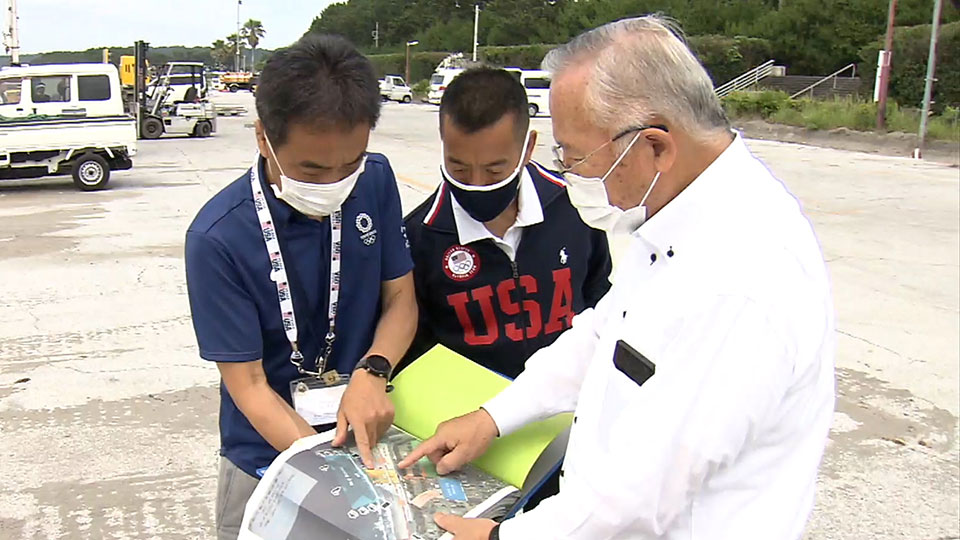
As for the cap on spectator numbers, from what I have heard, in team sports like soccer, rugby, the fans’ screaming, yelling and cheering helps to bring the team together. It definitely has an impact on team play.
However, in individual sports when athletes get into what we call ”the zone”, they don’t even hear the fans. They just focus on what they are doing; and when they are in the zone, time passes in slow motion, and they don’t hear anything. And when it’s done – boom, 10,000 people are jumping up and down and it's a spectacular experience. So we're not really concerned whether there's 10,000, 50,000, or zero (spectators). It's not going to impede their ability to perform their best.
An Olympic dream comes true
Omori was once a member of the US Gymnastics Team, on track for the 1988 Seoul Olympics. After injuries prevented him from achieving that goal, he became a successful investment banker for almost three decades. But Omori remained fascinated by the Olympic movement. He says he is excited to find himself involved in the Games at last, albeit from a different perspective.
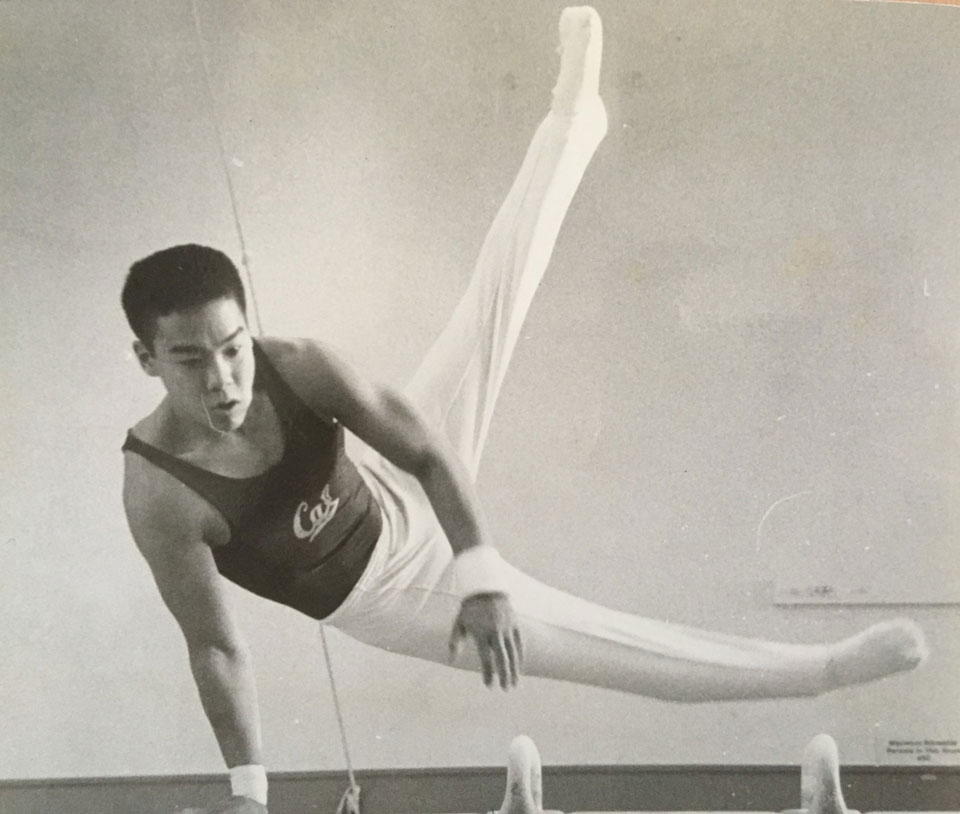
Omori: The Olympics are unique in that it's only one competition every four years. It's not like the world championships, where you add up the points and the value of your points for the whole season basically decides the place of first, second or third medal. In the Olympics, in just one place, at one time, at that hour, at that minute, you either win or you lose. The stakes are incredibly high.
For me, I feel it’s a karmic process. Whatever goes around, comes around. I sacrificed four years of my life from 1984 to 1988. I dropped out of college to train full time for the ‘88 Olympics. But because I got hurt, it was finished. Thirty years later, I'm getting an opportunity to go to the Olympics again with Team USA. Of course, my position is different, but still, it was a dream since I was 12, and it's finally happening.
